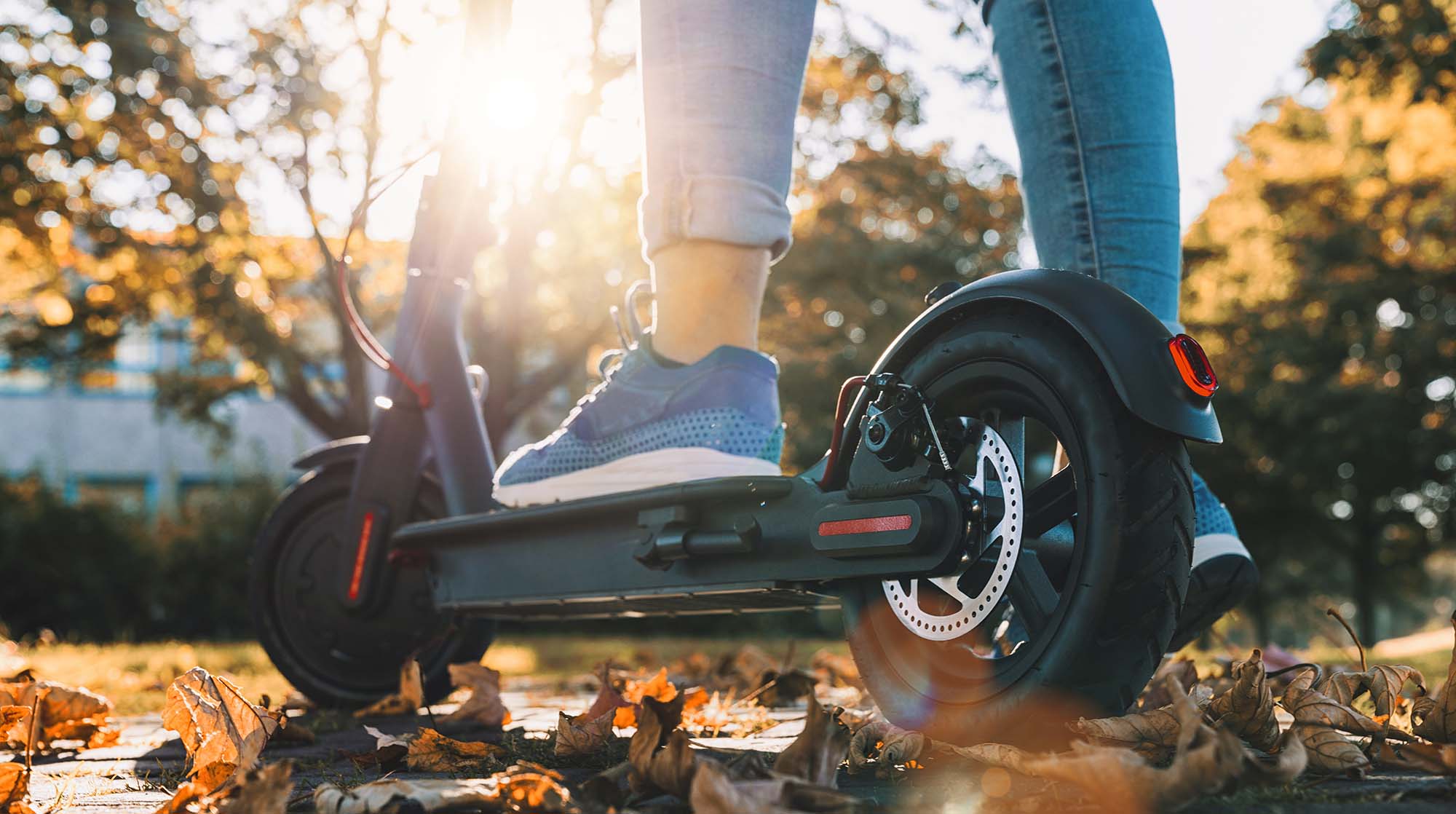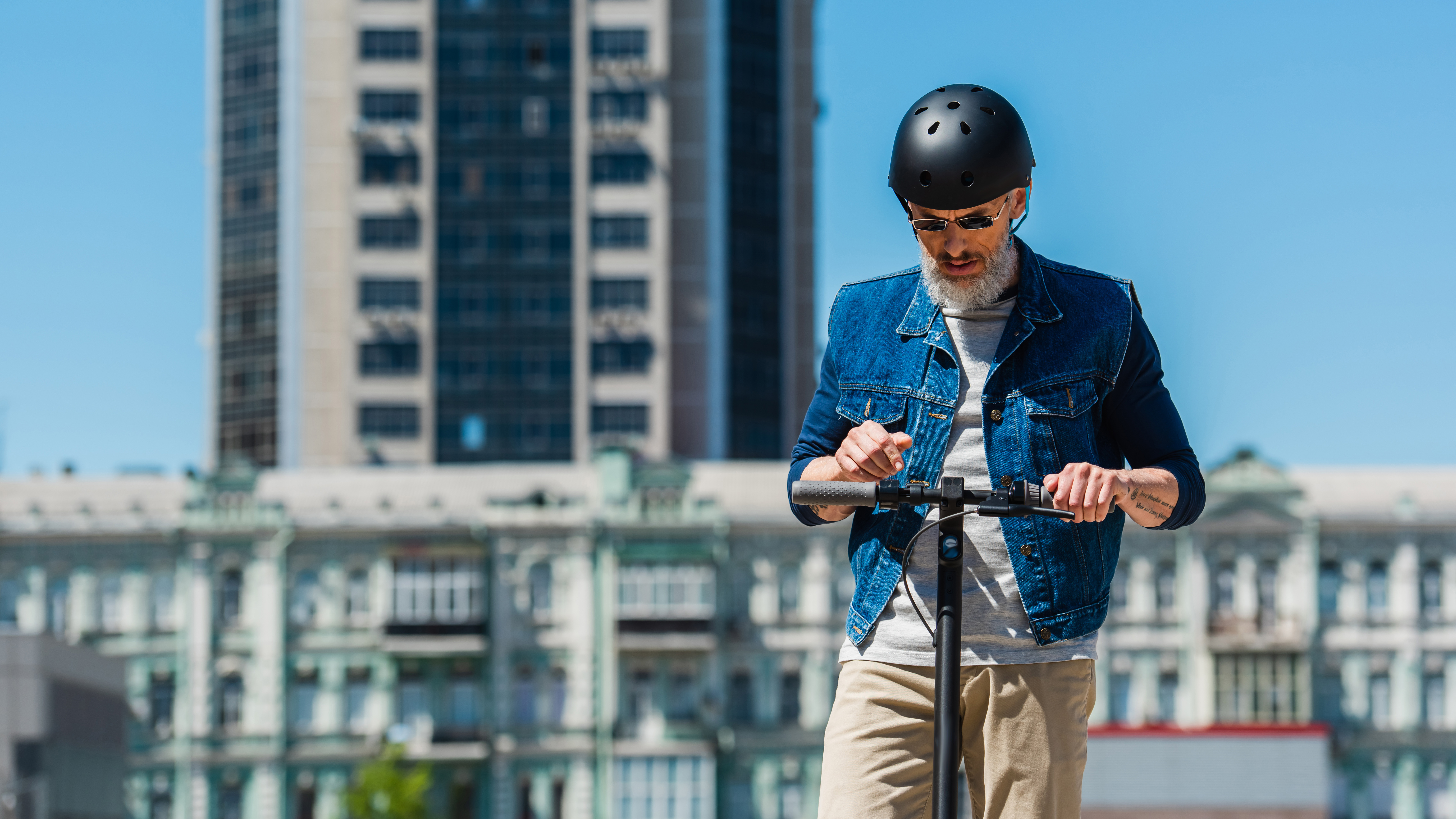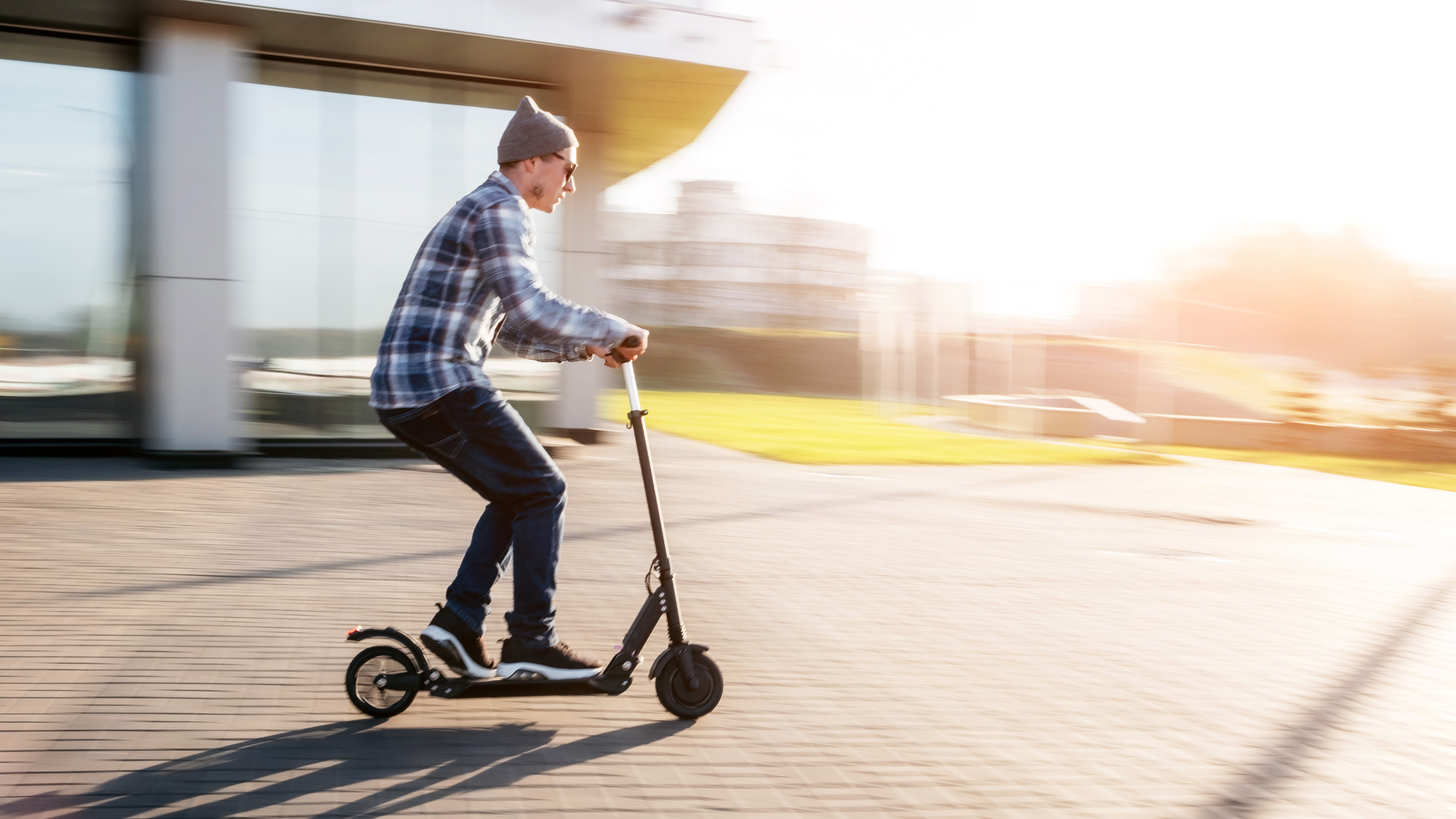How to ride an electric scooter safely
Electric scooters get a bad rap, but it’s the abysmal rider safety practices and reckless riders that are to blame.

As someone who’s been riding and testing electric scooters since their early days, I’m honestly getting tired of people blaming these green modes of transport for e-scooter-related incidents and accidents on the road. That's like blaming computers for data theft or the internet for the spread of misinformation.
Heck, even a traditional bike can be dangerous in the hands of a reckless rider. It’s not the technology itself but the people that use it irresponsibly that should be held accountable.
If you’re considering a greener and more sustainable mode of transport, you’ll find that the best electric scooters – and even some cheap e-scooters – are actually a fantastic and safe proposition. In fact, I've had more (minor) accidents on bikes and mopeds than I've ever had on an electric scooter, which is never.
Much like the best e-bikes, they're not just great for urban commutes and short trips, contributing to the reduction of congestion and CO2 emissions. Because they do use rechargeable batteries and do not take up much space, they also help you save money on gas and parking fees.
But, they can’t do all the work. As commuters, we have a job to do as well, and that is to practice responsible and defensive riding. Here are five basic things you should know on how to ride an electric scooter safely.
How to ride an electric scooter safely
- Do practice runs to familiarize yourself with its controls
- Check your tire pressure
- Keep your eyes on the road at all times
- There is the right way to brake and the wrong way
- Slow down
Step by step guide

- Familiarize yourself with its controls
This one sounds obvious and is just basic common sense, but I've seen people rent those rideshare e-scooters and take them on the road without really knowing how one works. And, if you want to practice safe riding, that's not exactly wise.
You need to know not only where the throttle, brakes, and appropriate buttons are located, but also how sensitive the controls are. Just like electric bikes, not all electric scooters are the same. Some have super sensitive brakes that need a gentler squeeze, some have throttles that require a hard press to get going.
Get daily insight, inspiration and deals in your inbox
Sign up for breaking news, reviews, opinion, top tech deals, and more.
Knowing these things can actually save your life. Let's say you're going downhill on a 15-hill-grade road, and you're going down pretty fast. If, for some reason, you need to brake unexpectedly, squeezing a highly sensitive brake hard might cause you to get thrown off the e-scooter due to that sudden and unexpected change in force. And, if you're not wearing your helmet – always wear a helmet! – you might end up with a grave injury.
- Check your tire pressure
There are two main types of electric scooter tires: solid and pneumatic. Solid tires are completely made of rubber or have solid polyurethane foam inside as filling while pneumatic tires are air-filled.
Pneumatic tires are generally considered superior to solid tires because they offer better shock absorption and more traction. However, they also need a little more maintenance because they do lose a little bit of air and deflate with use. And, riding with a flat tire will cause even more damage. Worse, it might explode during your ride, which is obviously not good news for you.
If the e-scooter you're riding has pneumatic tires, be sure to check that it meets the recommended tire pressure of 40 to 50 PSI (pounds per square inch), much like you would your car's tires. To do so, you can use a tire pressure gauge. No tire pressure gauge handy? Just kick it lightly to ensure that you don't have a flat.
- Eyes on the road at all times
Here's some tough love for ya: stop showing off like you're some kind of e-scooter savant with mad skills. You're not. Not when you're here looking for basic tips to riding safely.
You never know when you're riding along a bike lane and someone parked next to it pops open their door because they didn't seen you barreling down the path. Or, you completely miss that massive pothole up ahead because you're sightseeing instead of paying attention to where you're going. Commuting e-scooters aren't exactly made for potholes, and a deep one can do some serious damage.
Whether or not you're a beginner, just keep your eyes on the road at all times. It's not that hard, and it could save your life. And, for goodness sake, follow the traffic signs and lights. They're not suggestions for electric scooter riders. You're bound by the same basic road rules as the bigger vehicles.

- There is the right way to brake and the wrong way
We're not going to discuss the different types of braking systems that electric scooters have. That is too big of a topic to cover in a beginner tips guide. What you do need to know, and more for assurance than anything else, is that the best e-scooters do have impressive braking systems that can help save your life.
No matter how top-of-the-line your electric scooter's braking system is, however, you still should know and follow the proper braking techniques. Remember: you don't have a seat belt and an airbag to save you if you get into an accident.
While novice riders tend to lean forward when braking, that is actually the complete opposite of what you're supposed to do. When braking, you have to lean and shift your body's weight back, bending your knees and pulling on the handlebars a little in the process. This way, you're countering that natural forward motion that happens when braking, as well as helping the vehicle stop quicker.
Most importantly, doing this minimizes the chances of you getting thrown off over the handlebars and hitting the pavement.
- Slow down
Yes, it's more fun riding fast. I get it. But, if you want to minimize your chances of being in an e-scooter-related accident, you must always practice defensive riding. And, a big part of that is simply knowing when to slow down.
The first thing you have to know before riding is to find out what your city's e-scooter speed limit is on public roads, and actually stay within that limit. It exists for several reasons, including to save your life and to protect others.
You should also know when to slow down. When you're turning on another road, going down a steep hill, and approaching a red light, a stop sign, or a pedestrian crossing, you must always slow down. Even when you've become an experienced rider, there's no point in endangering the lives of others just to show off.
Final thoughts
Riding an electric scooter is easy. Their top speeds are usually under 30mph (48kph), which prevents riders from racing down streets at dangerous speeds, their brakes are surprisingly effective, and it's easier to jump off them if there's danger up ahead.
However, especially because they don't offer the same level of protection as a car, for example, you still need to practice defensive riding. There are more advanced ways to do so, of course, but these ones above should set you off to a great and safe start.
Don't be one of those irresponsible riders that give electric scooters a bad name. Follow these safety tips.

Michelle Rae Uy is the former Computing Reviews and Buying Guides Editor at TechRadar. She's a Los Angeles-based tech, travel and lifestyle writer covering a wide range of topics, from computing to the latest in green commutes to the best hiking trails. She's an ambivert who enjoys communing with nature and traveling for months at a time just as much as watching movies and playing sim games at home. That also means that she has a lot more avenues to explore in terms of understanding how tech can improve the different aspects of our lives.